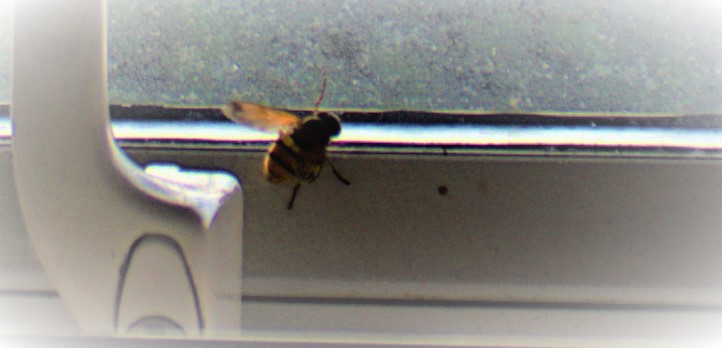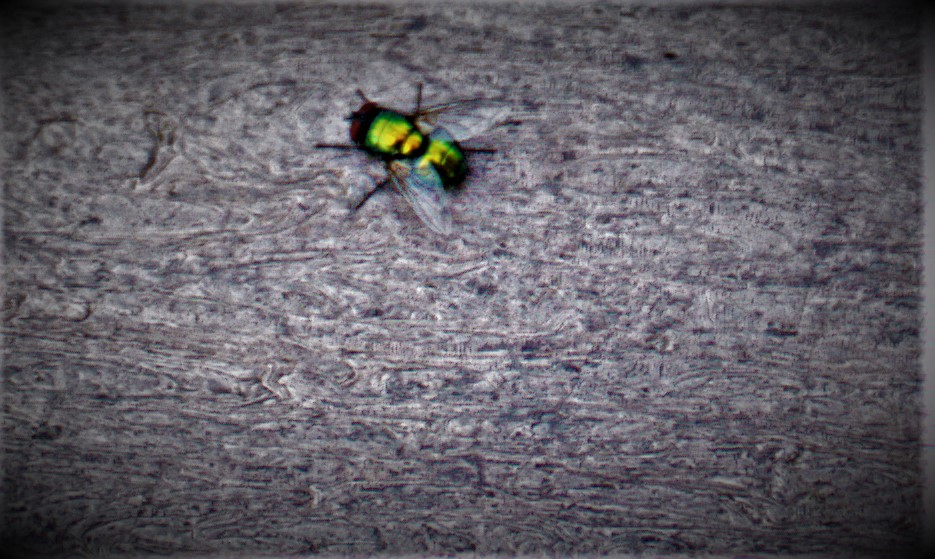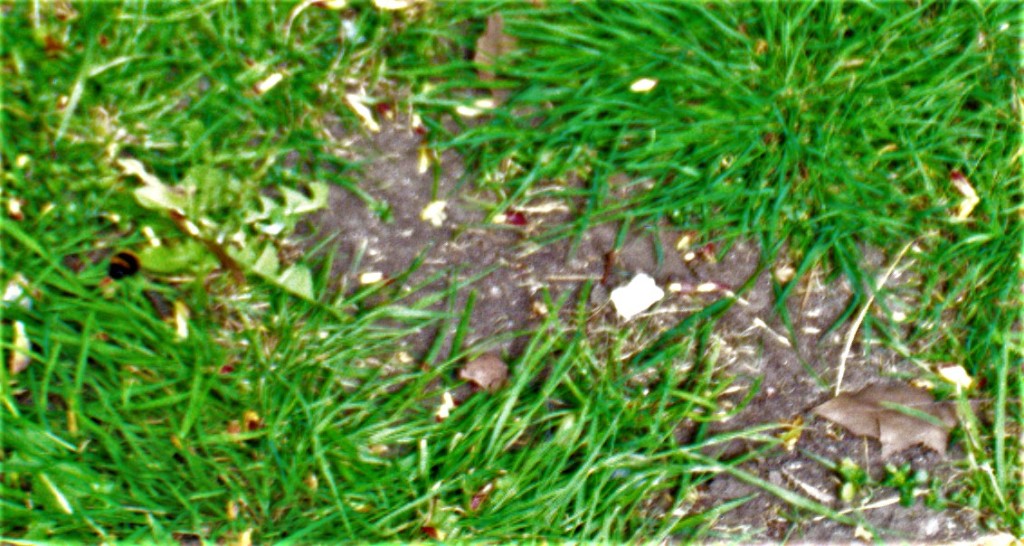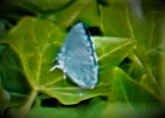The exploration of the all-time XI theme continues with a look at players whose surnames begin with the letter S. This one was very tough, not because of any difficulty finding players of sufficient standard but because there was a lot overlap in terms of the expertise of the very best players, and balancing the side was a challenge that required compromise, of which more later.
THE XI IN BATTING ORDER
- Andrew Strauss (Middlesex, England). A fine opening bat, and twice an Ashes winning skipper, though I have not given him that role in this side.
- Herbert Sutcliffe (Yorkshire, England). 4,555 test runs at 60.73, 2,741 Ashes runs at 66.85.
- *Graeme Smith (South Africa). One of the best captains of the modern era, and a top class left handed batter. He was a regular opener, but I believe he would handle first drop superbly as well.
- Steven Smith (Australia). First called up on account of his leg spin bowling, he established himself as Australia’s best test batter since Bradman. After serving a ban for cheating (an incident that ruled him out of any leadership responsibilities) he returned to action with twin tons at Edgbaston in 2019.
- +Kumar Sangakkara (Surrey, Sri Lanka). One of two serious candidates for the title of best batter his country has ever produced (Jayawardene being the other), and a good keeper as well. Usually I prefer to select a specialist keeper, rather than use a batter to perform this role, but circumstances dictate this selection.
- Garry Sobers (Nottinghamshire, West Indies). The most complete cricketer ever to play the game. Devastating batter, left arm bowler of pace, swing, seam and both finger and wrist spin, gun fielder.
- Ben Stokes (Durham, England). Attacking left handed batter, right arm fast medium bowler.
- Greville Stevens (Middlesex, England). A leg spinning all rounder whose FC averages were the right way round (29 with the bat, 26 with the ball). This slot caused me more grief than any other – with three gun fast bowlers rounding out the order I wanted a spinner, and with Sobers present, neither a left armer of any description, nor a regular off spinner (similar line of attack to Sobers in his wrist spin guise) would be ideal. There were two candidates within these constraints – this chap, and Paul Strang of Zimbabwe, and the latter paid 36 per wicket at test level and over 30 at FC level.
- Mitchell Starc (Australia). One of the fastest bowlers in the world at present, and while his highs are not quite up at Mitchell Johnson 2013-14 levels, his lows are nowhere near the depths of 2010-11 Johnson.
- Brian Statham (Lancashire, England). One of Lancashire’s greatest ever fast bowlers, and one of the select few to have an end of his home ground named in his honour (James Anderson, also at Old Trafford, is in this club, as are Barbadians Joel Garner and Malcolm Marshall).
- Dale Steyn (South Africa). The greatest fast bowler of the immediate post McGrath period, and surely a shoo-in for an all time South Africa XI even given their strength in the pace bowling department.
This XI features a super powerful top six, Stokes with full licence to attack and a powerful quartet of bowlers. The pace attack, with the quick version of Sobers arguably fifth choice in that department (behind Steyn, Starc, Statham and Stokes) is awesome, and Stevens plus Sobers in his slower guises should offer sufficient spin to augment that attack. Sangakkara as keeper violates my usual principal of going for the best keeper, but he was good enough to do the job for Sri Lanka on a regular basis.
HONOURABLE MENTIONS
A multi-faceted section starting with…
THE NUMBER EIGHT SLOT
There were two off spinners who would have their advocates for these position but missed out for reasons of balance: Harbhajan Singh of India and Graeme Swann of England, who each paid a little over 30 a piece for their test wickets and who were both useful lower order batters.
However, had I been willing to ignore considerations of balance I had a raft of top options to pack out the pace battery: Frederick Spofforth, a legend from the early days of test cricket was probably the pick of those I overlooked, but two present day Indians, Mohammad Shami and Mohammad Siraj would have their advocates as well, Peter Siddle of Australia is a quality practitioner if perhaps a notch below the very top bracket, Amar Singh, part of India;s first ever test side, was also indisputably a great fast bowler. John Snow of England was another great pacer who could have had this slot. Olly Stone, the Norfolk born Warwickshire and England pacer who has been plagued by injuries has the ability, but not the proven track record. Barbadian all rounder Franklyn Stephenson, one of only two cricketers to do the double of 1,000 runs and 100 wickets in first class matches in an English season since the reduction of the programme in 1969 (the other, Richard Hadlee, also played for Nottinghamshire) would appeal to some as a number eight.
I was conscious of the merits of all these players when making the call to select Greville Stevens, and my contention is not that he is a better cricketer than them, but that he is a better fit for the team, given the players who already had irrefutable claims for selection.
OPENING BATTERS
Bert Sutcliffe, the legendary New Zealand left hander, still holder of the record first class score by a native of that country (385 for Otago vs Canterbury, in a team score of 500 all out, with Canterbury contributing 382 off the bat in their two innings combined), and with a fine test record was a serious candidate for Strauss’ slot as left handed opener.
Among the right handed openers I could find no space for were Andrew Sandham, a member of the 100 first class hundreds club, Virender Sehwag, devastating unless the ball was swinging, when he could look very ordinary, Bobby Simpson of Australia, Michael Slater also of Australia and Alec Stewart of England all had impressive records as right handed opening batters. Arthur Shrewsbury of Nottinghamshire and England, second best 19th century batter behind WG Grace, was another who could have done a fine job in this role. Reg Simpson of Nottinghamshire and England had moments at the top level, including a 156* against Australia which set up a test victory for England, but he was not in the same bracket as the others.
MIDDLE ORDER BATTERS
I start this section by drawing your attention to my all time XI of Smiths, so that I do not have to repeat myself regarding players with that surname. Marlon Samuels and Ramnaresh Sarwan of the West Indies can both count themselves unlucky to have surnames beginning with S – under most other letters they would merit serious consideration. Mahadevan Sathasivam of Sri Lanka has legendary status in his own land, but for a series like this I have to deal in hard facts, so he misses out.
WICKET KEEPERS
Roy Swetman was a fine keeper in the 1950s, and Herbert Strudwick of Surrey and England made more dismissals in first class cricket than any keepers bar JT Murray of Middlesex and Bob Taylor of Derbyshire, though he often batted number 11, which with Statham and Steyn having ironclad claims for places was problematic.
ALL ROUNDERS
Darren Stevens’ performances since moving south from Leicestershire to Kent have been outstanding, but he has never played anything other than county cricket.
SPINNERS
Maninder Singh of India was a fine bowler, but as a left arm orthodox spinner he overlaps with Sobers, and he was a genuine bunny with the bat. Reggie Schwarz of Middlesex and South Africa missed out, because for all his importance as the guy who learned the googly from its creator Bosanquet and taught it to a number of his South African colleagues he actually used the googly not as part of his bowling armoury but as his stock ball, therefore becoming effectively an off spinner, a less good fit for the XI than a more standard leg spinner. Molly Strano, a consistently successful performer in Australian domestic cricket, and therefore by definition a superb bowler also misses out because she is also an off spinner.
BLASTS FROM THE PAST
Lack of sufficiently concrete records for two players prevented me from considering them: Edward ‘Lumpy’ Stevens, a great bowler of the late 18th century and Heathfield Harman Stephenson, whose performance for the All England XI at the Hyde Park Ground in Sheffield led to the coining of the phrase ‘hat trick’. He dismissed three of his opponents with successive deliveries, and the Sheffield crowd were so impressed by this display of bowling virtuosity that they used a hat to collect money for Stephenson and made him a presentation of both hat and money.
A FICTIONAL TALENT
Tom Spedegue, hero of a short story by Arthur Conan Doyle, in which he pioneers a new type of delivery which descends on the batter from the clouds “Spedegue’s Dropper” and shatters that season’s visiting Australians by taking 15 wickets in what turns out to be his first and only test would certainly have added variety to the attack had he been real.
WHITE BALL TALENTS
Had been selecting with limited overs cricket in mind Navjot Singh Sidhu and Sanju Samson would both have been close to inclusion.
FUTURE TALENTS
Will Smeed, scorer of the first individual century in The Hundred, is an obvious talent for the future. Glenton Stuurman (pronounced like ‘Steerman’), a young South African quick bowler is very promising, though he has a huge amount to do to come close to dislodging his compatriot Steyn. Sophia Smale, a 17 year old left arm orthodox spinner has announced herself with a couple of fine performances in the Hundred.
PHOTOGRAPHS
Our cricketing journey through the letter S, spanning two and a half centuries and many continents, is at an end, and it remains only to apply the usual sign off…






















































































































